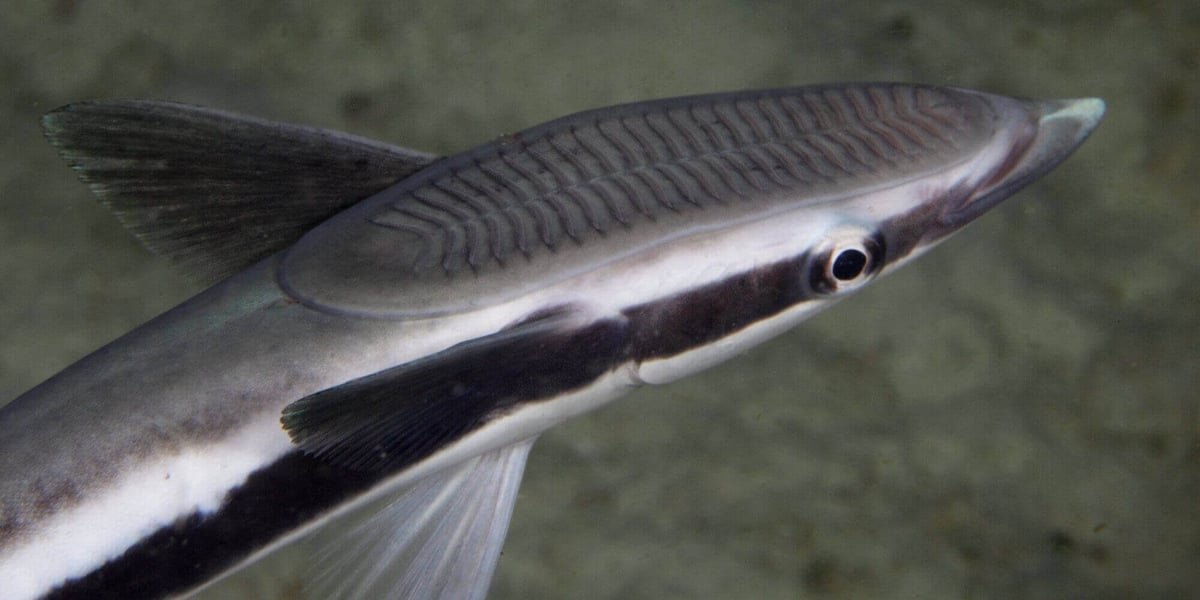Researchers have developed a 3D printed robot that attaches itself to shark skin underwater, enabling improved studying of marine creatures.
The oceans of Earth are vast and mysterious, and to date, we’ve only explored around five percent of its depths. While we know a fair amount of information on marine animals and ecosystems, scientists are constantly looking for ways to expand that scope of knowledge. Sometimes, the best way to inspire innovation and exploration is to mimic the existing nature around us.
A team of researchers from Beihang University, Harvard University, and Boston College have developed a 3D printed robot inspired by the remora fish. This device is able to attach to the skin of sharks underwater, enabling scientists to study marine life and explore the secrets of the ocean.

Using Nature as Inspiration for 3D Printed Robotics
The research team uses the Remora fish as inspiration, taking its oval-shaped suckers that allow them to cling onto sharks and dolphins for feeding. These dorsal fins incorporate dozens of tiny spines that create friction, which allows the animal to stay attached to its host.
To construct the both, the researchers used 3D printing and laser cutting technology. The resulting robot looks like a fin with a large suction pad and around 1000 tiny carbon fibre spines lined up in parallel rows. These spines can be either raised or lowered to help it attach to sharks and other sea creatures.
The robotic device was tested and proved to work similarly to remora fins, creating a suction force to life nearly 100 pounds. When underwater, the 3D printed bot attached to both rough and smooth surfaces, including mako shark skin, plexiglass, and rubber-like material. It also works outside of the water with glass, wood, and even a juice box.
By securing this robot to the skin of sharks or dolphins, scientists could study their habits regardless of how deep they go or fast they swim. More importantly, it wouldn’t hurt or cause any harm to the animal that is being studied.
Needless to say, the research, which was recently published in Science Robotics, could help the darkest secrets of the ocean emerge to the surface.

Source: International Business Times
License: The text of "Remora Fish-Inspired 3D Printed Robot Clings to Shark Skin Underwater" by All3DP is licensed under a Creative Commons Attribution 4.0 International License.